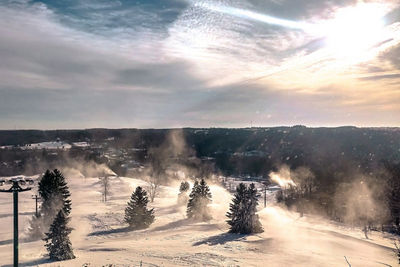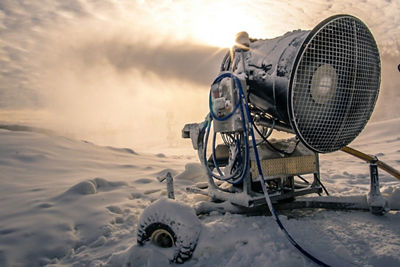
The National Ski Areas Association established "Your Responsibility Code" in 1966 as a code of ethics for all skiers on the mountain. Today, the code reflects not only skier safety, but snowboarder and lift safety as well. The points listed in the Your Responsibility Code are the rules of the road when you are on the mountain. So, whether you ski with one board or two, or use other specialized equipment, always show courtesy to others so that your paths don't cross.
It is important to remember that there are elements of risk in mountain activities that common sense and personal awareness can help reduce. Please note, violations of Your Responsibility Code, and the following additional rules, ordinances and/or guidelines may result in criminal prosecution, civil liability and/or loss of lift privileges without compensation or refund:
1. Always stay in control. You must be able to stop or avoid people or objects.
2. People ahead or downhill of you have the right-of-way. You must avoid them.
3. Stop only where you are visible from above and do not restrict traffic.
4. Look uphill and avoid others before starting downhill or entering a trail.
5. You must prevent runaway equipment.
6. Read and obey all signs, warnings, and hazard markings.
7. Keep off closed trails and out of closed areas.
8. You must know how and be able to load, ride and unload lifts safely. If you need assistance, ask the lift attendant.
9. Do not use lifts or terrain when impaired by alcohol or drugs.
10. If you are involved in a collision or incident, share your contact information with each other and a ski area employee.
Winter sports involve risk of serious injury or death. Your knowledge, decisions and actions contribute to your safety and that of others. If you need help understanding the Code, please ask any ski area employee.










